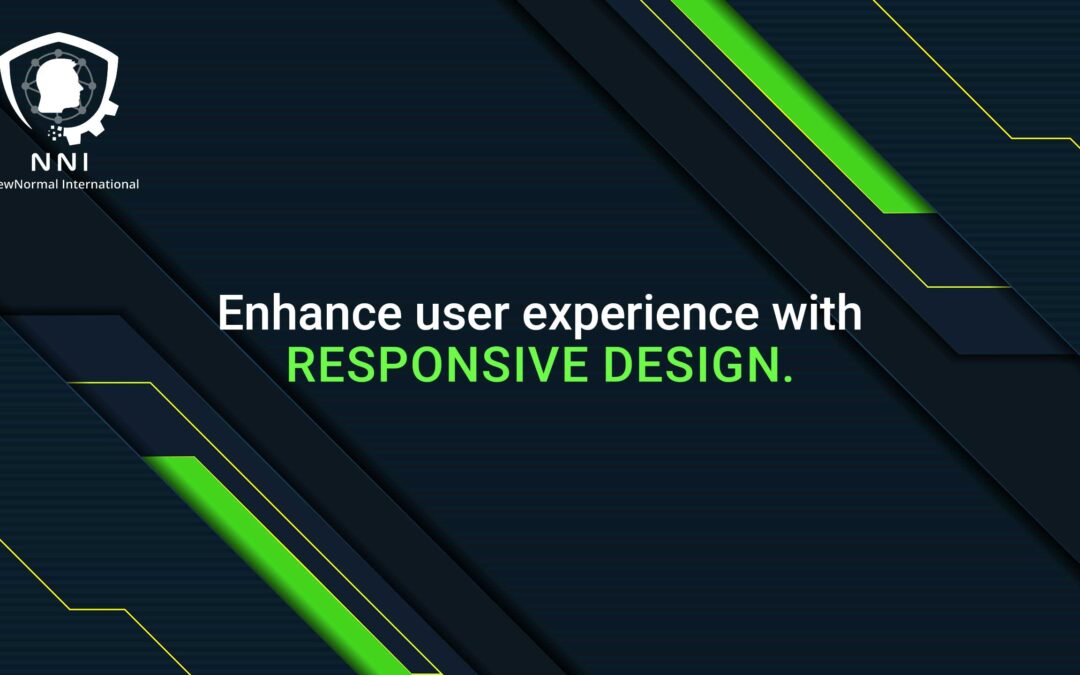Empowering Business Success through User-Centric Design, where Responsive Design for User Experience Enhancement takes center stage
The Significance of User Experience
In the digital age, user experience (UX) has emerged as a pivotal factor in determining the success of businesses across various industries. The ability to create seamless and engaging experiences for users can significantly impact an organization’s bottom line.
Responsive Design: The Key to Exceptional User Experiences
In today’s digital landscape, where users seamlessly navigate between a myriad of devices and screen sizes, responsive design is no longer a mere design trend; it’s a strategic imperative. It’s not just about aesthetics or technical compliance; it’s about safeguarding and elevating the user experience, the very foundation upon which brand loyalty and success are built.
Responsive design transcends the realm of pixel-perfect layouts and embraces fluidity. It’s about anticipating user needs and crafting an experience that adapts and flexes effortlessly across diverse devices and contexts. It ensures that users, regardless of whether they’re browsing on a desktop, tablet, or mobile phone, encounter a consistent, intuitive, and enjoyable interaction with your digital assets.
Think of it as building a bridge: not a rigid, fixed structure, but a dynamic, adaptable one that caters to the ever-changing needs of its users. Responsive design allows you to:
Eliminate frustration: No more zooming in to decipher text or squinting at menus. Responsive design ensures users can access information and complete tasks effortlessly, regardless of their device.
Boost engagement: A smooth, seamless experience keeps users engaged and invested. Responsive design fosters exploration, interaction, and a desire to delve deeper into your content and offerings.
Embrace accessibility: Responsive design champions inclusivity, making your digital assets accessible to a wider audience with diverse needs and abilities. This opens doors to new markets, fosters positive brand perception, and aligns your values with the evolving expectations of users.
Optimize conversions: A positive user experience across all touchpoints translates to increased conversions and sales. Responsive design removes friction from the user journey, guiding users towards desired actions and objectives with clarity and ease.
Future-proof your brand: By embracing the fluidity of responsive design, you’re not just catering to the present; you’re preparing for the future. As technology evolves and user habits shift, your digital assets will adapt and thrive, ensuring long-term relevance and brand resonance.
Investing in responsive design isn’t just about ticking a box; it’s about making a conscious choice to prioritize your users. It’s a testament to your commitment to accessibility, inclusivity, and delivering exceptional experiences that resonate across every touchpoint. It’s the strategic decision that unlocks deeper engagement, fosters brand loyalty, and paves the way for sustainable success in the ever-evolving digital landscape.
What is Responsive Design?
Responsive design is an approach to web and app design that focuses on crafting pages to provide an optimal viewing and interaction experience across a wide range of devices, from desktop computers to smartphones and tablets. It ensures that the content and layout adapt fluidly to the screen size and orientation, eliminating the need for users to zoom, scroll excessively, or encounter distorted visuals.
The Impact of Responsive Design on Business Success
1. Enhanced Accessibility
Responsive design makes digital content accessible to a broader audience. It ensures that individuals with various devices can access your website or app comfortably, irrespective of their screen size or device type.
2. Improved SEO Performance
Search engines, such as Google, favor responsive websites. Websites that provide a seamless experience across devices tend to rank higher in search results, driving more organic traffic.
3. Increased User Engagement
When users encounter a website or app that responds effortlessly to their device, they are more likely to engage with the content, leading to higher conversion rates and customer retention.
4. Cost-Efficiency
Responsive design eliminates the need for separate mobile or desktop versions of a website. This not only reduces development and maintenance costs but also streamlines content management.
Implementing Responsive Design Effectively
1. Prioritize Mobile-First Design
Start the design process with a mobile-first approach. Designing for mobile devices forces you to prioritize essential content and functionality, ensuring a streamlined user experience.
2. Test Across Devices
Thoroughly test your website or app across various devices and screen sizes to identify and resolve any responsiveness issues.
3. Optimize Page Speed
Responsive design should not compromise page loading speed. Optimize images and content to ensure fast loading times, which is crucial for user satisfaction and SEO rankings.
Conclusion
In conclusion, responsive design is a fundamental element in enhancing user experience and driving business success. By prioritizing the needs of users across different devices, organizations can create a competitive advantage and foster customer loyalty. In today’s digital landscape, responsive design is not just a design choice; it’s a strategic imperative for businesses aiming to thrive in the ever-evolving online marketplace.











